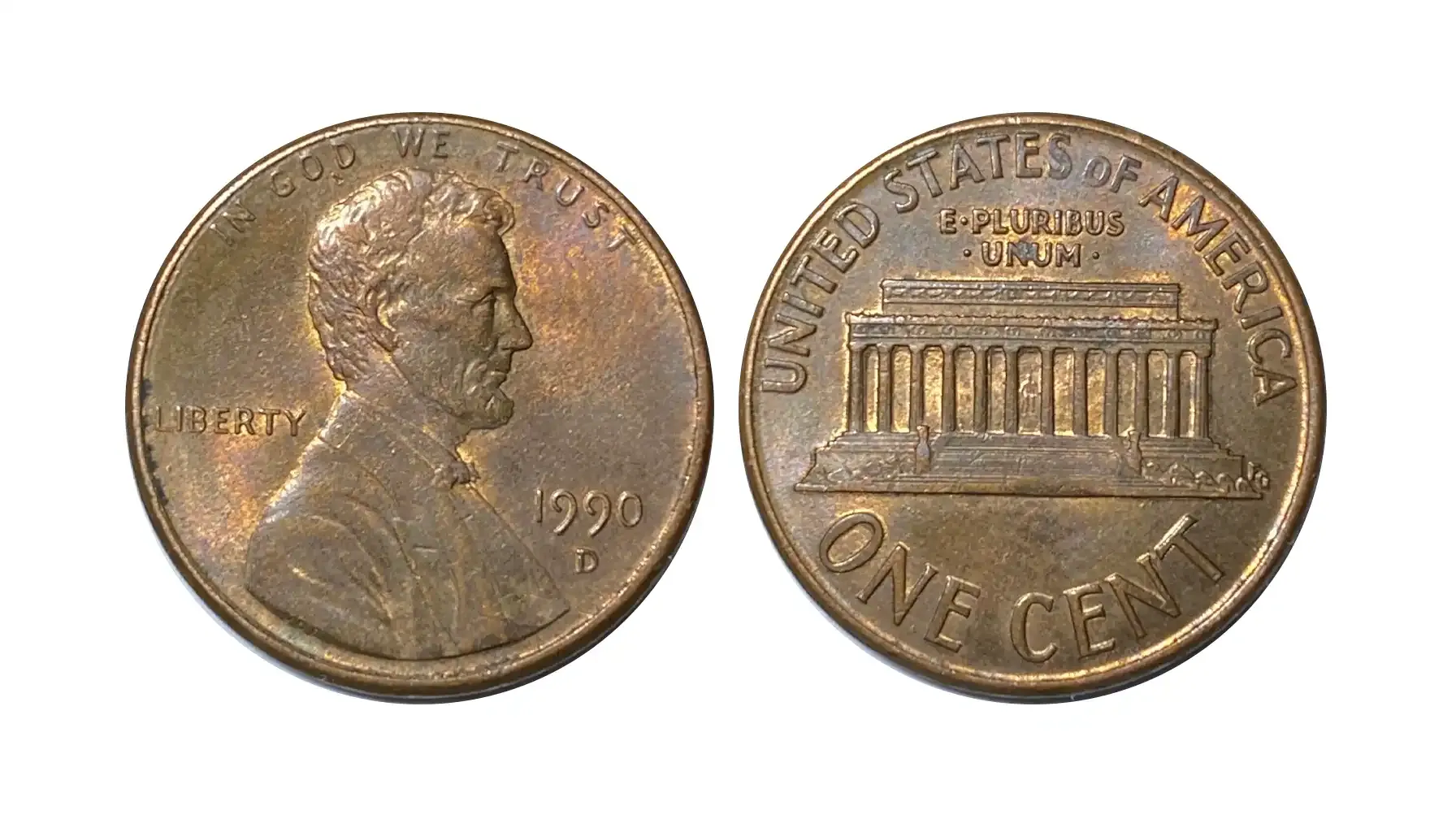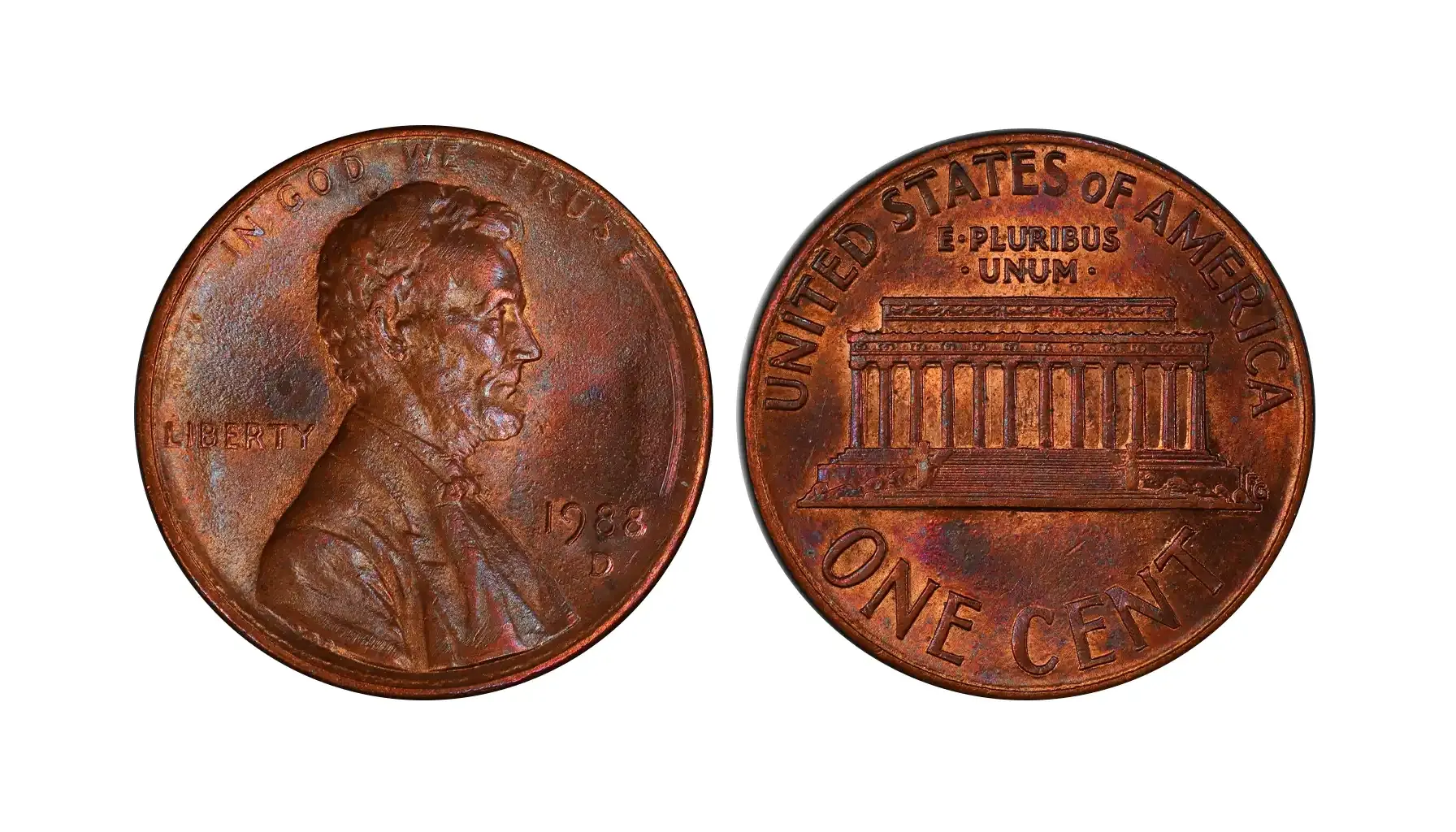Contents:
The abundance of coin varieties in the American monetary system fascinates with its diversity in terms of designs, forms, and denominations. Liberty Head nickels, i.e., coins with a face value of five dollars, are among the items that hold a special place in any collection. But why?
The worth of rare liberty head nickels minted from 1883 to 1913 may exceed dozens of thousands of dollars, and counting. In this material, we are to cover the most peculiar examples of this piece, check coin value, and define which instances are worth keeping.
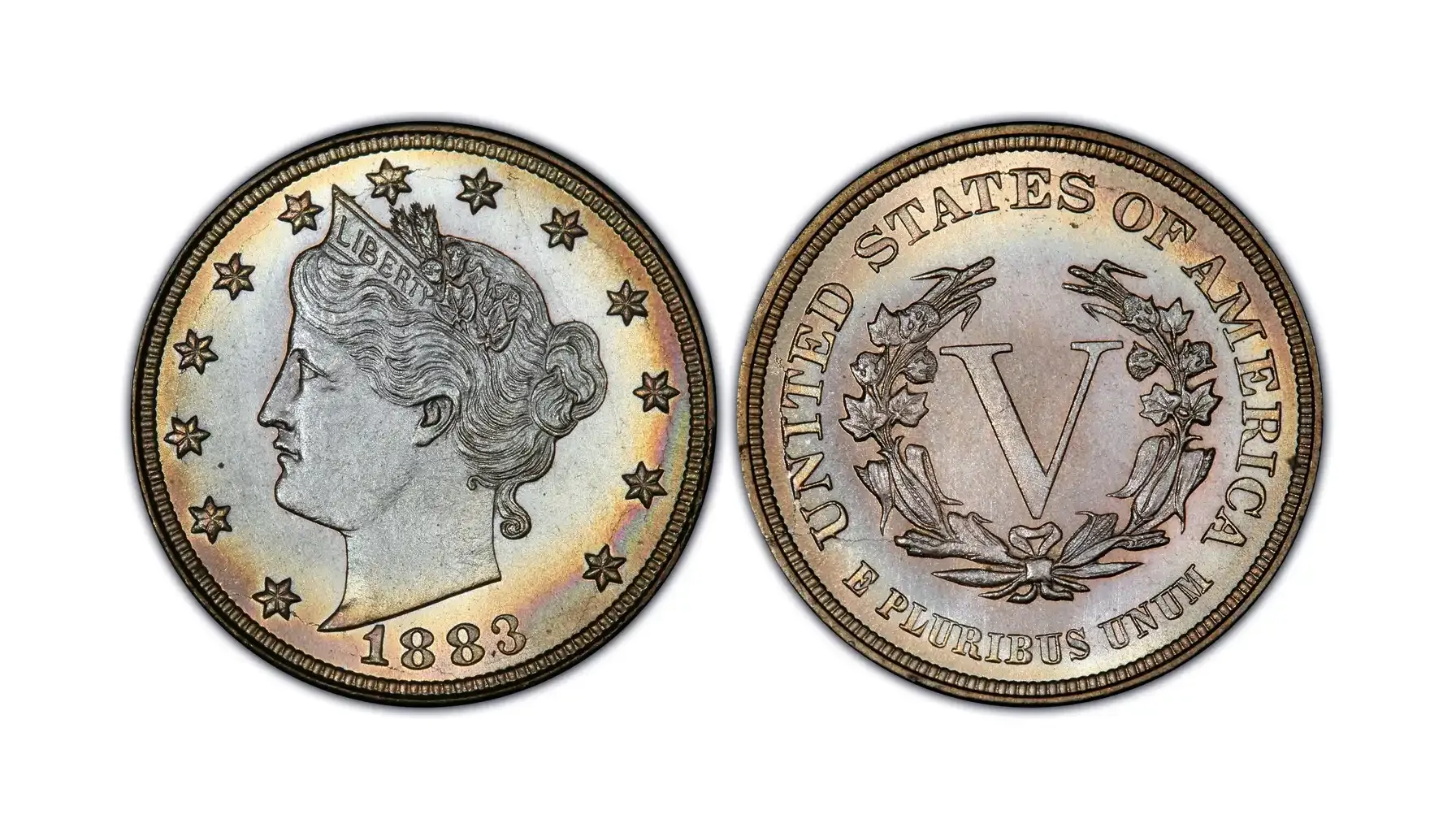
What Is a Liberty Head V Nickel?
The Liberty Head Nickel, also known as the V Nickel thanks to the large Roman numeral "V" on its reverse side, is a five-cent coin that was minted in the United States from 1883 to 1913. Originally, it was designed by Charles E. Barber as an act of renovation and standardization of American coinage in the late 19th century. So, what does a Liberty head nickel look like?
Design
Obverse: The obverse side features a classic portrait of Lady Liberty with a coronet inscribed with the word "LIBERTY". Around her profile are 13 stars and the mint year below the head.
Reverse: The reverse, on its part, demonstrates the Roman numeral "V", which means "five", in the center, surrounded by the wreath. As for inscriptions, this side is encircled with the classic Latin motto “E PLURIBUS UNUM” and "UNITED STATES OF AMERICA".
More nickels to explore: 1928 Buffalo Nickel
Specifications
Metal: 75% copper, 25% nickel
Diameter: 21.21 mm
Weight: 5.000 g (0.1615 troy oz)
Edge: Plain
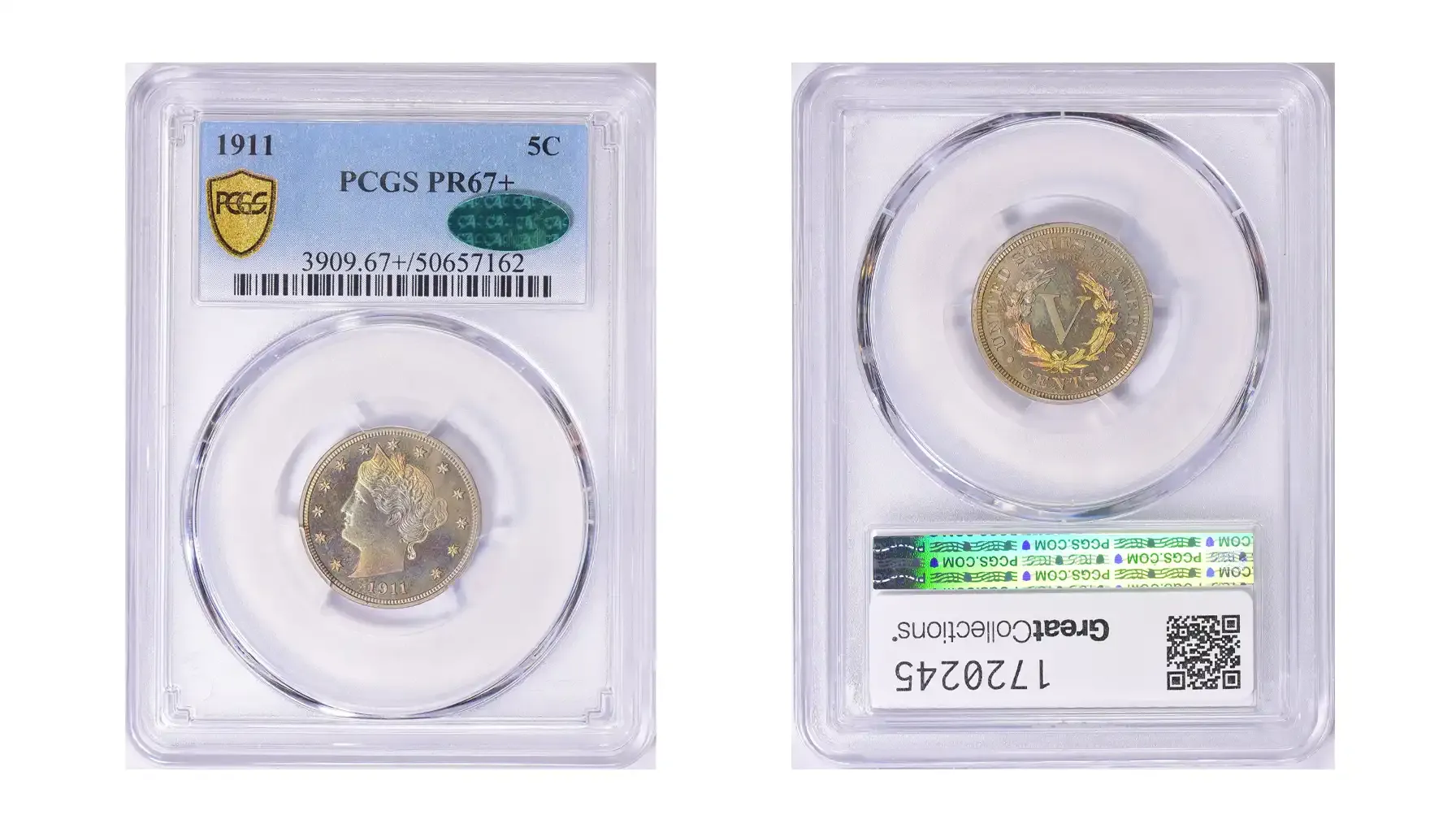
What Defines the Liberty Head Nickel Value
Firstly, it is vital to understand what constitutes the value of each coin. This is where the following factors come into play – most importantly, mintage numbers, coin grade, and, in some cases, color designations.
Mintage Figures: How Many Were Made?
The number of coins struck in a given year, known as the mintage, is a major factor in a coin's value. Generally speaking, the fewer coins minted, the more valuable they tend to be. However, it is not always the determinant.
Lowest Mintage: The rarest regular-issue Liberty Head Nickel is the 1912 S variety, with only 238,000 coins produced that year. Besides, there is a 1913 Liberty Head 5C, which was not officially authorized for release (with only 5 known instances known to exist).
Highest Mintage: This could be the 1911 issue that may boast 39,559,372 coins. These are easier to find and less worthy to own.
Coin Grades: Condition Is Everything
The grade, which is always attributed on the basis of the condition, is the second significant factor that affects the worth as much as it can. In general, grades range from Poor (P-1) to Mint State (MS-70), with the higher grades indicating the pristine (=valuable) instances.
Related articles: Coin Grading from G to MS-70: An Overview for Collectors
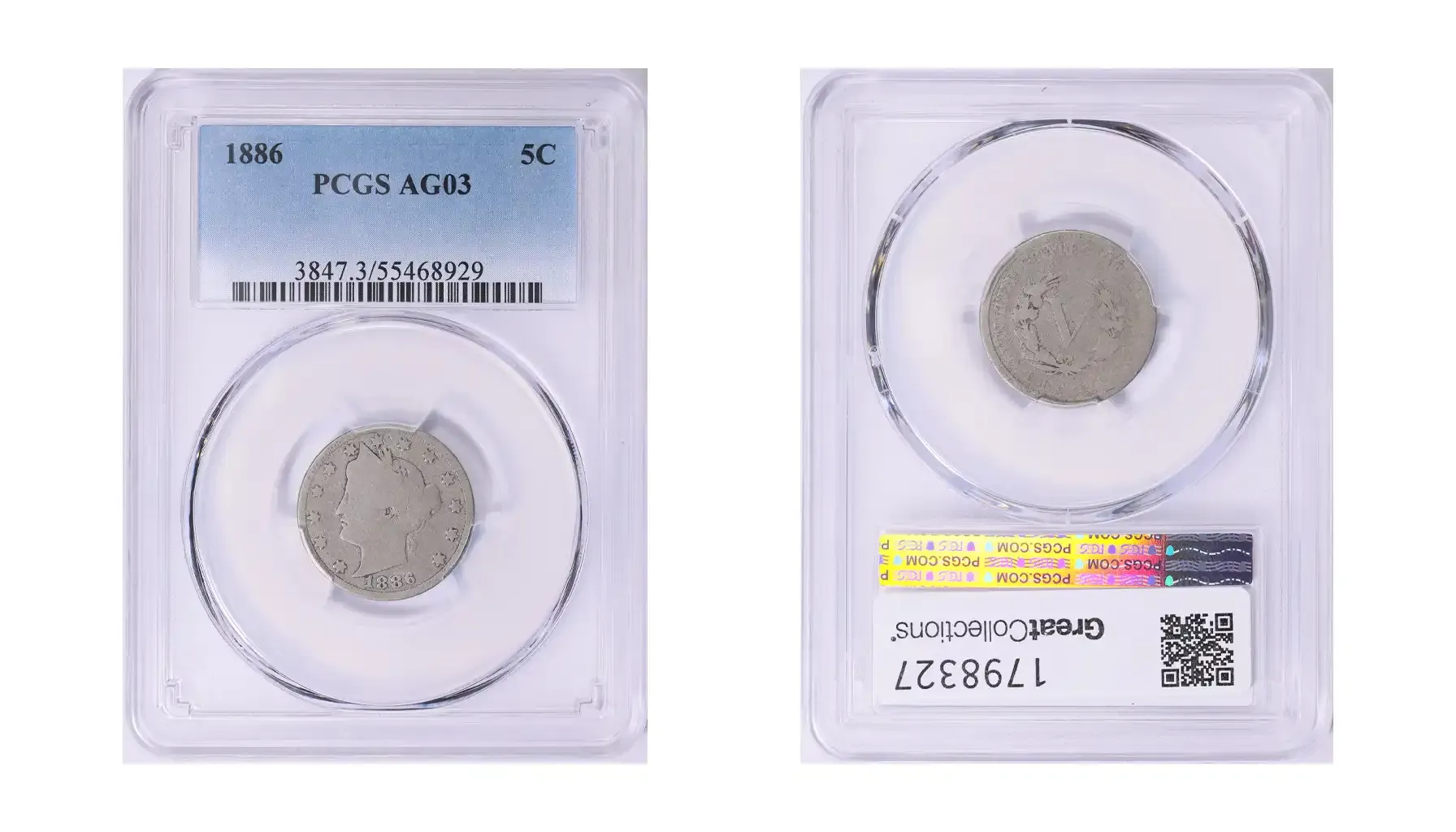
Designations (If Present)
Although the majority of Liberty head nickels do not come with special designations that refer to the color (like Red RD or Brown BN), some collectors may note specific surface qualities, such as:
Prooflike PL (for pieces mirror-like surfaces).
Deep Mirror Prooflike DMPL (for pieces with an extreme degree of reflectiveness)
Proof PR (for pieces struck in limited numbers for collectors)
Average Liberty Head V Nickels Value: A Quick Guide
Year | G-4 | F-12 | VF-20 | EF-40 |
1883 (No “CENTS”) | $7 | $9 | $15 | $18 |
1883 (With “CENTS”) | $20 | $35 | $85 | $120 |
1884 | $20 | $35 | $85 | $130 |
1885 | $550 | $850 | $1,350 | $1,700 |
1886 | $275 | $425 | $700 | $825 |
1887 | $15 | $35 | $75 | $110 |
1888 | $30 | $60 | $175 | $220 |
1889 | $15 | $30 | $75 | $120 |
1890 | $10 | $25 | $65 | $110 |
1891 | $7 | $25 | $70 | $125 |
1892 | $6 | $20 | $65 | $110 |
1893 | $6 | $20 | $65 | $110 |
1894 | $20 | $100 | $240 | $300 |
1895 | $6 | $22 | $70 | $115 |
1896 | $9 | $35 | $90 | $150 |
1897 | $4 | $12 | $45 | $70 |
1898 | $4 | $12 | $45 | $75 |
1899 | $2 | $8 | $30 | $60 |
1900 | $2 | $8 | $30 | $65 |
1901 | $2 | $5 | $30 | $60 |
1902 | $2 | $4 | $30 | $60 |
1903 | $2 | $4 | $30 | $60 |
1904 | $2 | $4 | $30 | $60 |
1905 | $2 | $4 | $30 | $60 |
1906 | $2 | $4 | $30 | $60 |
1907 | $2 | $4 | $30 | $60 |
1908 | $2 | $4 | $30 | $60 |
1909 | $3 | $5 | $32 | $70 |
1910 | $2 | $4 | $30 | $60 |
1911 | $2 | $4 | $30 | $60 |
1912 | $2 | $4 | $30 | $60 |
1912 (D) | $3 | $10 | $85 | $175 |
1912 (S) | $175 | $285 | $850 | $1,400 |
Note: While the Liberty Head Nickel was produced exclusively at the Philadelphia Mint for most of its run, 1912 is the only year when this instance was struck by three major US mints: Philadelphia (no mint mark), Denver (D), and San Francisco (S).
Value Breakdown: Most Valuable Liberty Head Nickels
Anyway, the value demonstrated by the best coin auction websites can be impressively different. While average circulated 5C coins might fetch a modest sum, certain dates, high-grade examples, or erroneous instances have shattered expectations at auction houses. These can command hundreds to thousands of dollars, sometimes even more.
1885 5C Liberty Head Nickel
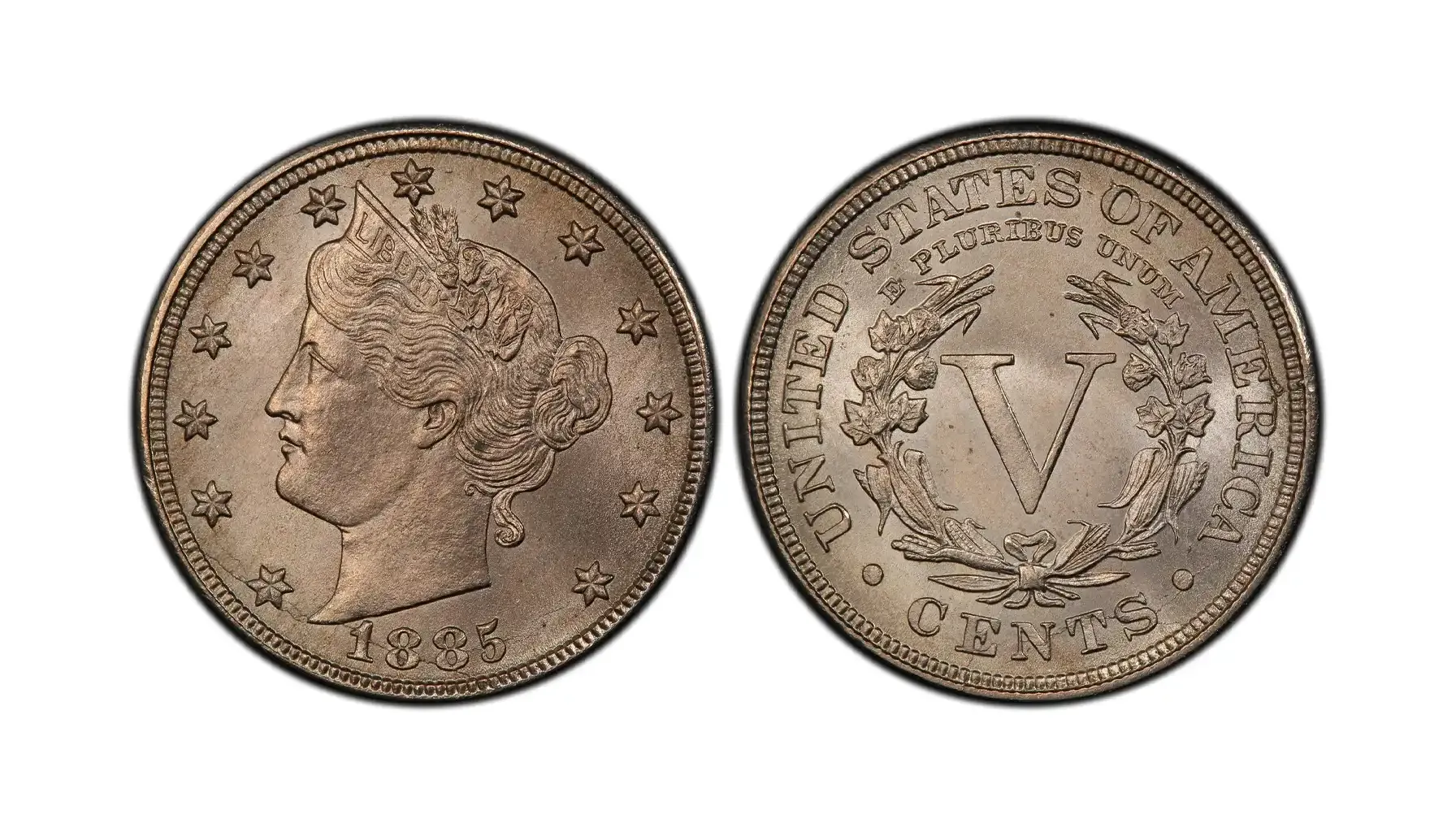
Auction Record: $74,750 (MS67, American Numismatic Rarities)
This year had the second-lowest mintage of the entire series, with only 1,476,490 pieces ever produced. The major part of this issue was heavily circulated, so finding this numismatic creation in pristine condition is a miracle worth thousands.
1886 5C Liberty Head Nickel
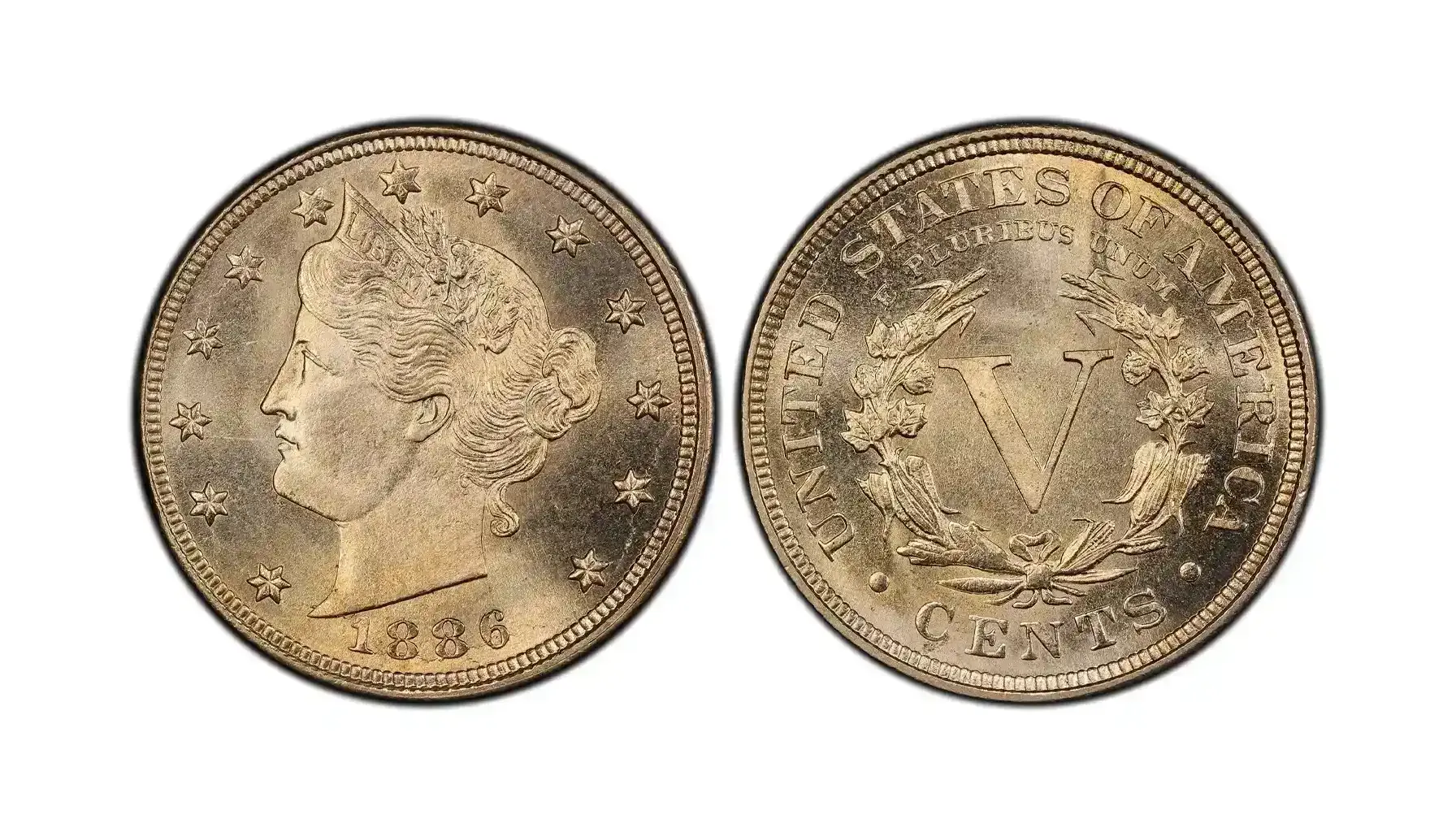
Auction Record: $64,625 (MS67, Legend Rare Coin Auctions)
What makes this instance notable is that there is a slightly higher mintage than 1885 (3,330,290), but far fewer are believed to have survived.
1912-D 5C Liberty Head Nickel
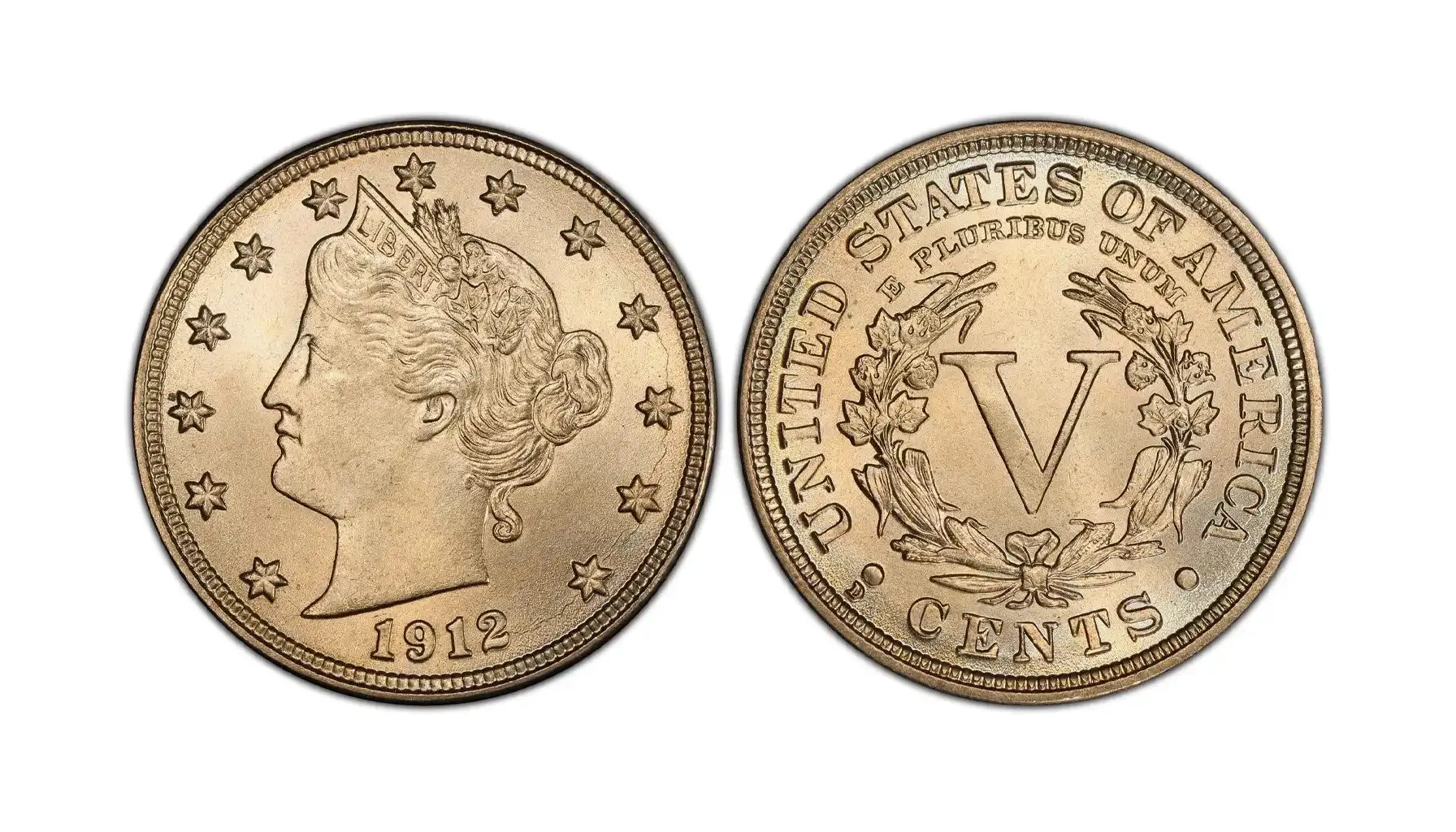
Auction Record: $41,125 (MS67, Legend Rare Coin Auctions)
This is the only coin in the selection produced by the Denver Mint with a mintage of 8,474,000 pieces. Although the San Francisco Mint produced even fewer coins during that year, those coins bearing a “D” mintmark can be sold for higher prices anyway.
1913 5C (Proof) Liberty Head Nickel
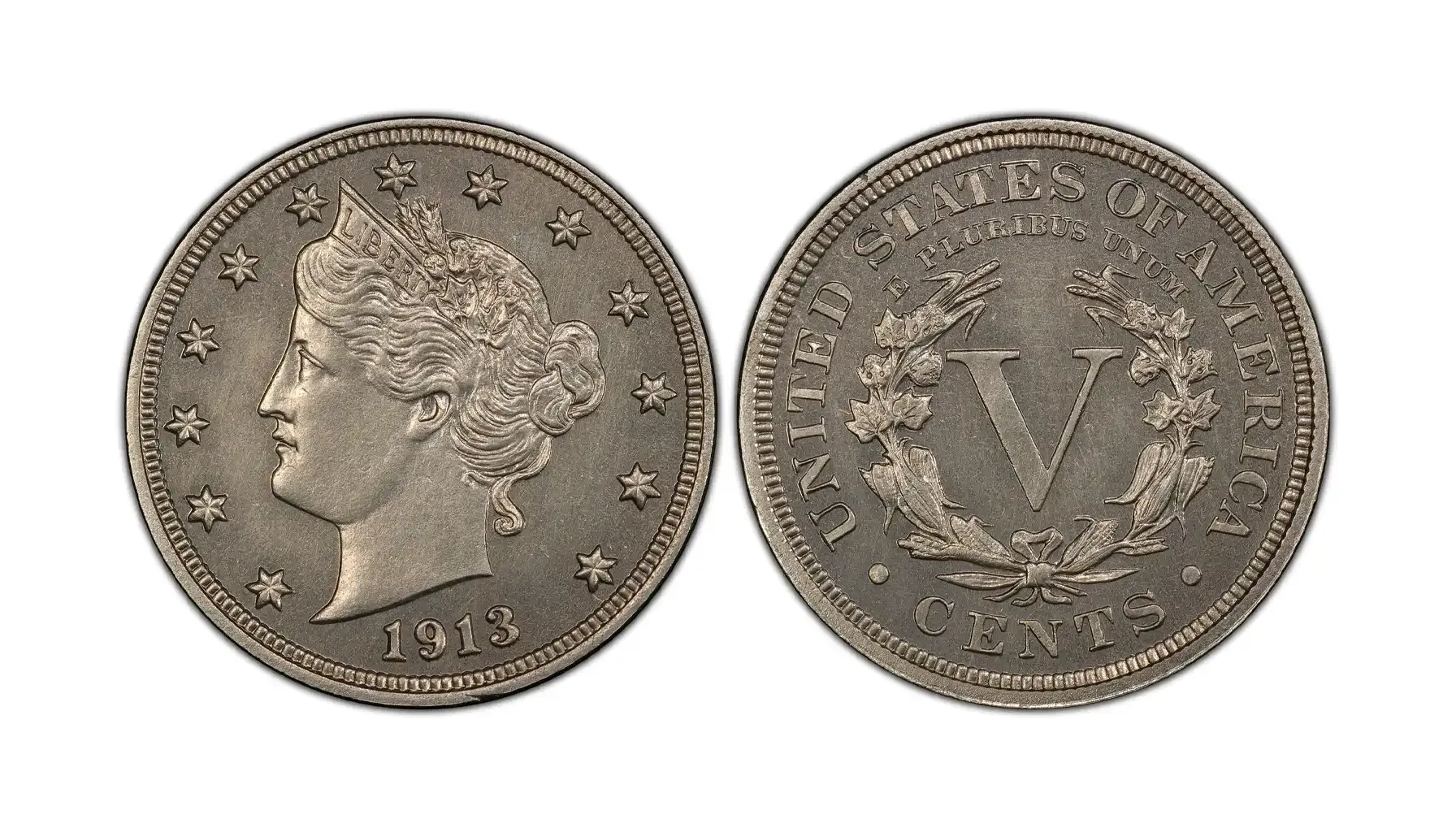
Auction Record: $4,560,000 (PR66, Stack's Bowers)
This coin is indeed legendary. Only five known examples exist, and it was never officially authorized for minting, which means it was likely struck unofficially at the Mint.
What else can be inferred about 1913? Explore the fascinating history of 1913 half dollars and expand your numismatic knowledge even further.
When in Doubt, Scan It Out
Sorting through dates, mintmarks, grades, and current values can be quite overwhelming, even for experienced collectors. This is when one is free to appeal to digital tools like Coin ID Scanner.
With a simple photo of your item, Coin ID Scanner can:
✓ Instantly identify the origin of the coin, its physical characteristics, special attributes, possible errors, and other relevant details
✓ Estimate value ranges with the use of real market data
✓ Provide grading aid with AI-driven Assistant

No more massive coin guides and expensive valuations (unless you need a certificate, for sure). Coin ID Scanner may transform your phone into a personal numismatist, this is what it was made for.
Snap. Scan. Know. That’s it.

